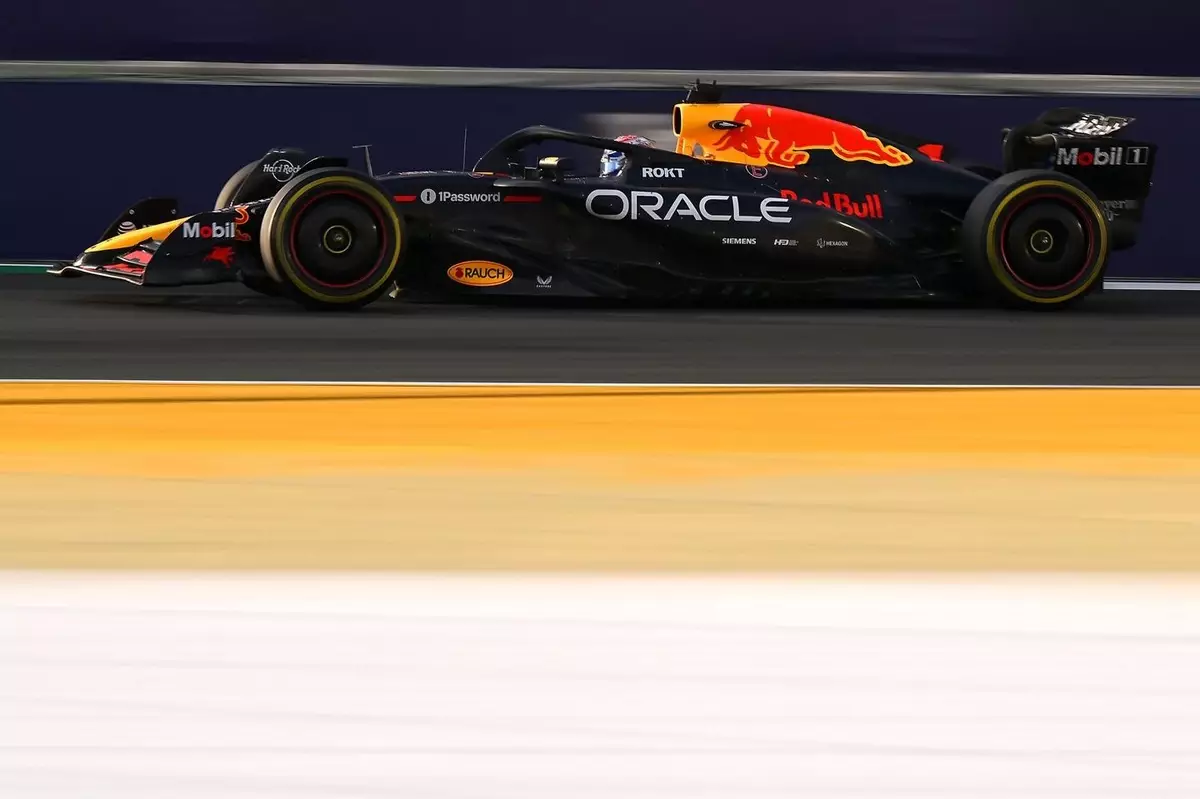In the thrilling world of Formula 1, perceptions can shift dramatically from one race to the next. A team that appears invincible one day may find itself grappling with unexpected challenges the next. Such is the case with Red Bull Racing, a powerhouse that continues to face internal quandaries despite being positioned as a championship contender. The current state of Red Bull, particularly regarding its car performance and operational strategies, reveals fault lines that could threaten its status at the pinnacle of motorsport. Amidst a relatively positive public facade, murmurs of discontent about critical performance issues linger, casting shadows on the team’s seemingly perennial strength.
James Callaghan’s famous “Crisis? What Crisis?” remark echoes fittingly in this context as we assess Red Bull’s current performance. While team principal Christian Horner attempts to downplay worries of turmoil within the squad, the undeniable signs of struggle are hard to ignore, especially when viewed through the lens of recent race performances and testing results. The team’s reputation for excellence is at stake, and the challenges it faces are reminiscent of Callaghan’s insistence that chaos was not mounting in Britain four decades ago. The reality, however, suggests otherwise.
A Calculated Retreat: The Emergency Meeting
Fast forward to the Jeddah race weekend, where an unprecedented “crisis meeting” amongst Red Bull’s top brass, including Horner himself, raised eyebrows across the paddock. Meeting without prior warning, these senior figures assembled to navigate the puzzling performance discrepancies exhibited by their drivers, Max Verstappen and Yuki Tsunoda. With both drivers finishing far from their expectations, the urgency of such a gathering signals an underlying tension that cannot simply be dismissed. The discourse in the media framed the meeting as a sign of crisis yet, unsurprisingly, Horner remained adamant—this was merely a regular review of race data.
However, when senior personnel congregate swiftly to analyze results, it raises questions regarding the health of the overall operation. What becomes apparent is that even those in power internally recognize the subtle tremors destabilizing Red Bull Racing. It should not be ignored that while Horner publicly rides the wave of confidence, the speak behind closed doors may be far more concerned. Dismissing these issues as mere driver error or uncooperative car behavior diminishes the gravity of the technical struggles that team engineers grapple with daily.
Data Deception: Problems Under the Surface
One of the most alarming aspects of Red Bull’s current situation is the disconnect between simulation outcomes and actual car performance. Divergences that exist between what the wind tunnel suggests and what is evident on the track signal deeper, more pervasive issues within the design and engineering framework of the team. These complications are not mere blips in performance but rather symptomatic of a flawed aerodynamic development process that hampers the team’s potential for succeeding in today’s tightly-regulated F1 landscape.
As Verstappen recently expressed in no uncertain terms, the RB21’s instability represents a key hurdle and challenges the narrative of a troubled but fundamentally sound operation. The pressure is building for technical staff and drivers alike, as performance improvements gleaned from practice laps do not align with their standings. Crews must navigate through a storm of uncertainty, questioning whether future developments will yield the desired advancements or only deepen the divisions revealed thus far.
The Wind Tunnel Quandary: Correlation Problems Persist
Horner’s frequent lamenting of Red Bull’s aging wind tunnel—described dismissively as a “relic of the Cold War”—illustrates a critical obstacle the team is tackling as they plot their way forward. Amidst discussions of a new wind tunnel facility, the historical grievances tied to insufficient aerodynamic data continue to plague the team. What was once an esteemed aerodynamic testing hub must now contend with modern development demands in a racing world defined by incremental improvements.
As weather fluctuations introduce unpredictable variables into their data gathering, the impact on performance reliability can no longer be brushed aside when fractions of a second define competitive success in F1. The disappointing correspondence between performance predictions and results can stall development and hamper race day strategy, leaving teams vulnerable.
If Red Bull Racing remains trapped in the cycle of inconsistent results and subpar correlation, it risks jeopardizing Verstappen’s talent and the larger ambitions of the organization. With the weight of high expectations resting firmly on their shoulders, Red Bull must address the root of its inconsistent performance with immediacy and sincerity. The aura of invincibility can vanish faster than the blink of an eye in the intensely dynamic world of Formula 1, reminding us all that behind the glowing headlines often lies a turbulent reality.

